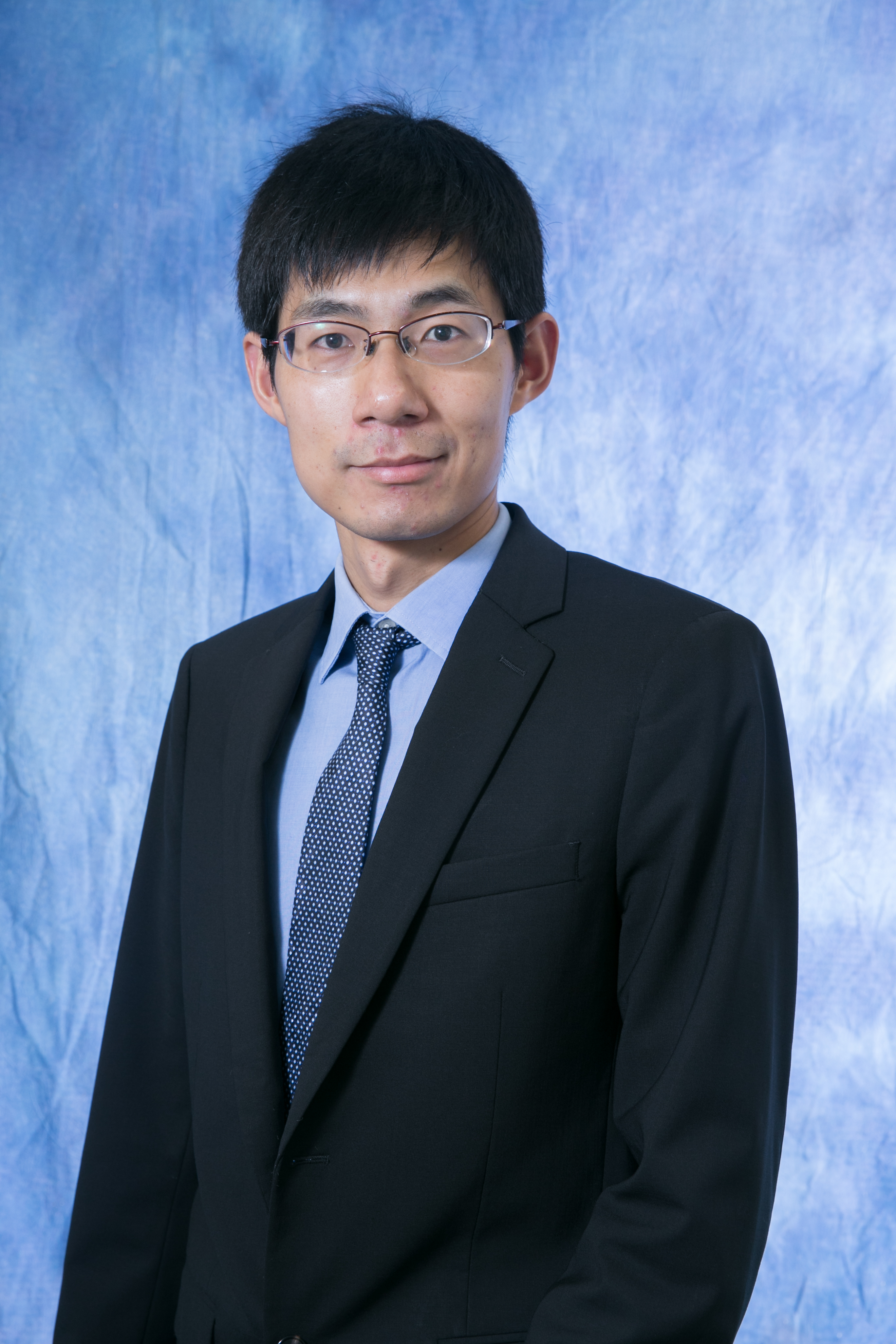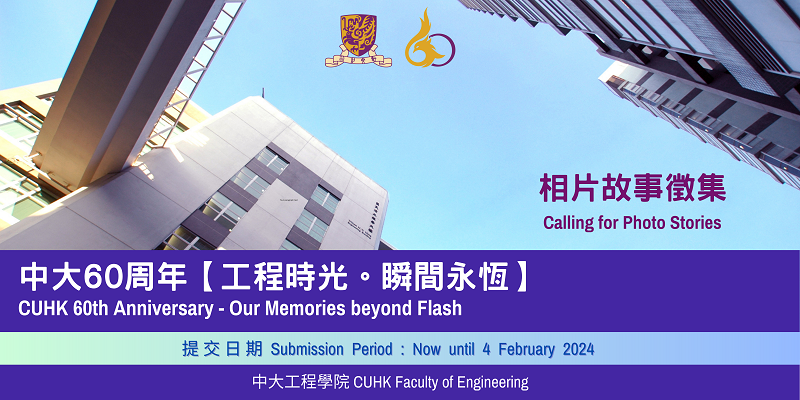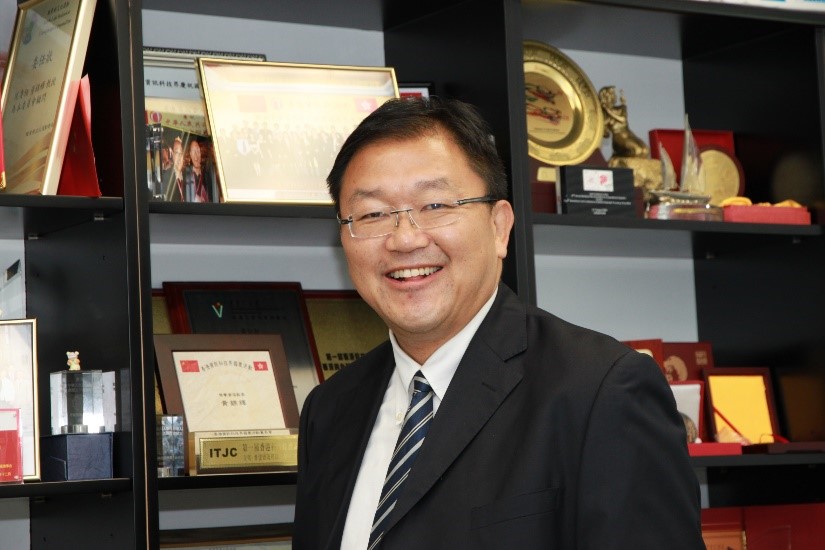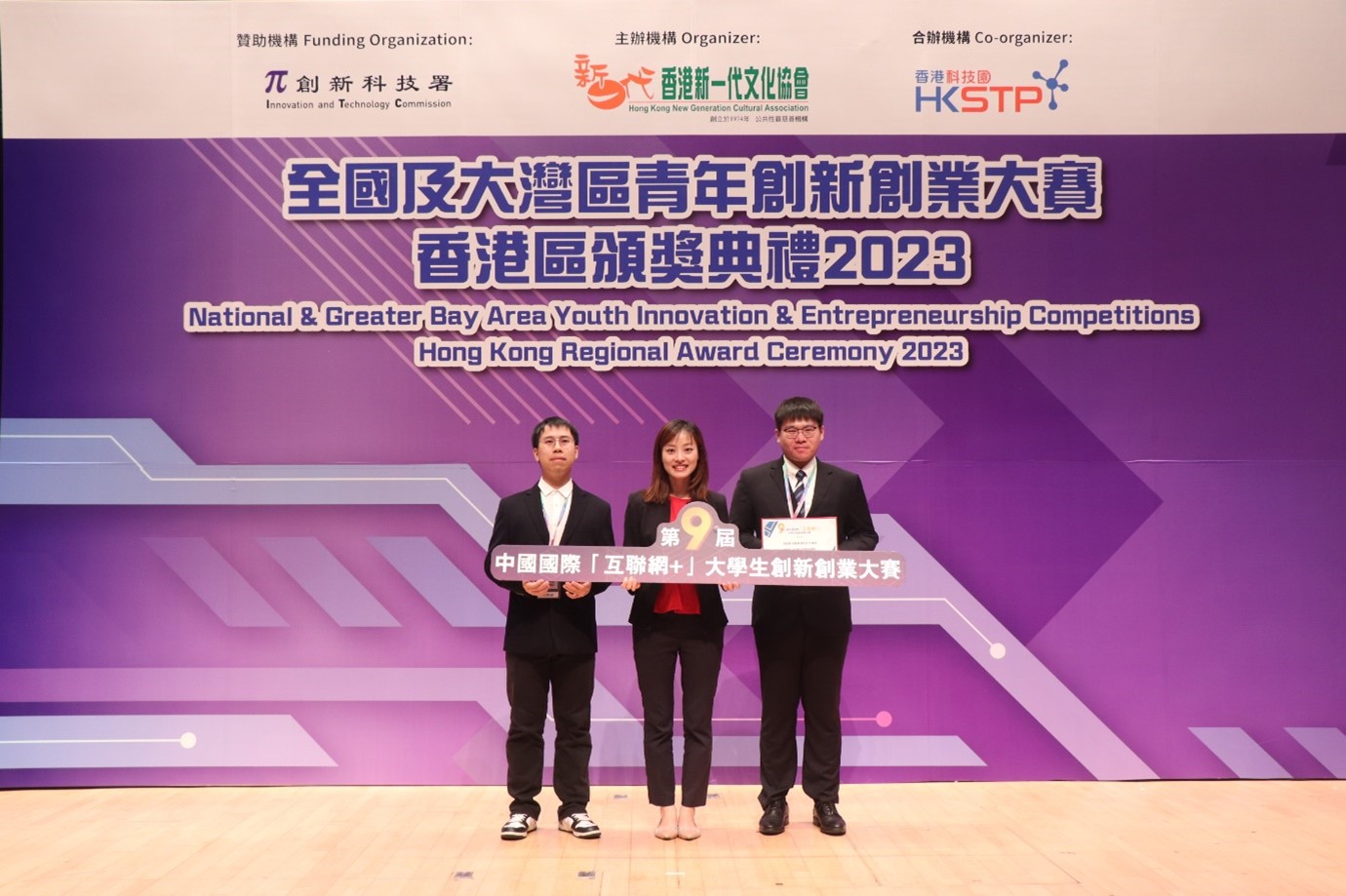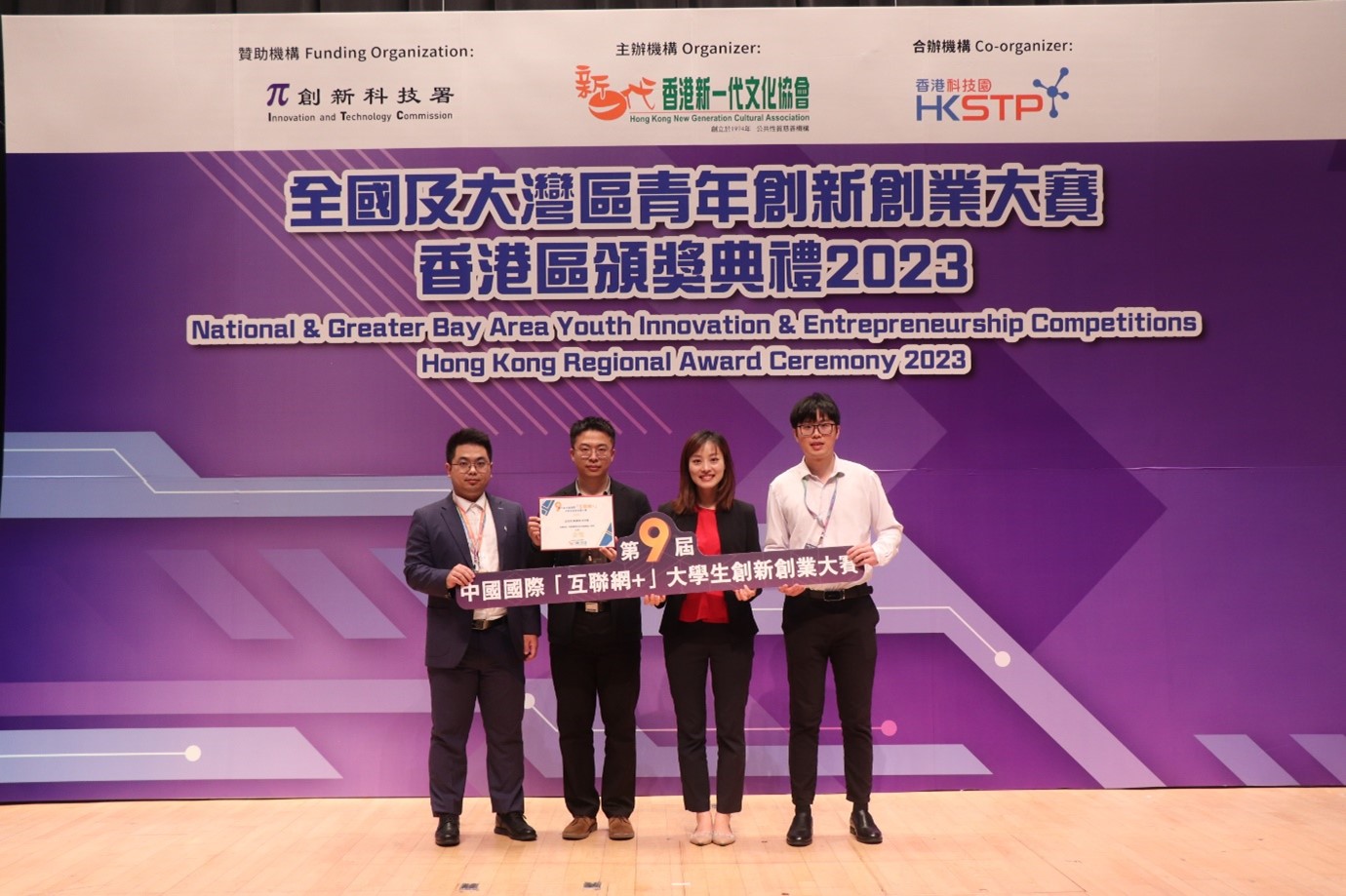Professor Lu Yi-chun, Professor of the Department of Mechanical and Automation Engineering at The Chinese University of Hong Kong (CUHK), has been awarded the Hong Kong Engineering Science and Technology Award (HKEST Award) 2023 by the Hong Kong Academy of Engineering Sciences for her accomplishments and contributions in materials science, engineering and energy engineering, particularly sustainable battery technology. CUHK’s Pro-Vice-Chancellor Professor Sham Mai-har extended her heartfelt congratulations to Professor Lu. She said, “Professor Lu’s groundbreaking work in sustainable battery technology has contributed to a greener future for the earth. It also aligns with CUHK’s efforts to create societal impact through research and innovation. This recognition once again acknowledges the University’s dedication to creating knowledge and pushing the boundaries of innovation. Professor Lu was honoured by the recognition and stated that she and her team will continue to advance energy storage technology for a future of safe, sustainable energy. Professor Lu has made ground-breaking contributions in engineering science and technology, focusing on sustainable battery technology, to address global warming. Her work in developing advanced, environmentally friendly battery technologies aligns closely with global efforts towards sustainable energy solutions. Her key innovations include developing molecular crowding electrolytes for high-voltage aqueous batteries and pioneering the world’s first low-cost, high-power, polysulphide-based flow battery with a novel charge-reinforce ion-selective membrane and biomimetic molecular catalyst. These projects represent examples of technology transfer and commercialisation. Professor Lu’s contributions extend beyond the laboratory, impacting both the academic and commercial sectors in engineering science and technology. In 2020, she co-founded Luquos Energy, a start-up incubated by CUHK, focusing on scalable, safe, sustainable battery technologies for grid storage. Luquos Energy was chosen as one of the Top 10 Flow Battery Startups to Watch in 2023 by the StartUs Insights Discovery Platform, an international data-science platform. About the Hong Kong Academy of Engineering Sciences and the Hong Kong Engineering Science and Technology Award The Hong Kong Academy of Engineering Sciences (HKAES), comprising leaders of the Hong Kong engineering community, aspires to play a leading role in promoting the development of engineering science and technology in Hong Kong, including the nurturing of local talents and professionals for a vibrant innovation and technology industry. With the support of the Innovation and Technology Commission of the HKSAR, the Academy launched the Hong Kong Engineering Science and Technology Award (HKEST Award) in 2022 to recognise young scientists, engineers and technologists from diverse disciplines who have excelled in developing creative solutions to problems through research, development, innovation and entrepreneurship, and have made significant advancements to the betterment of society. Up to six nominees will be selected to receive the Award. |
|













